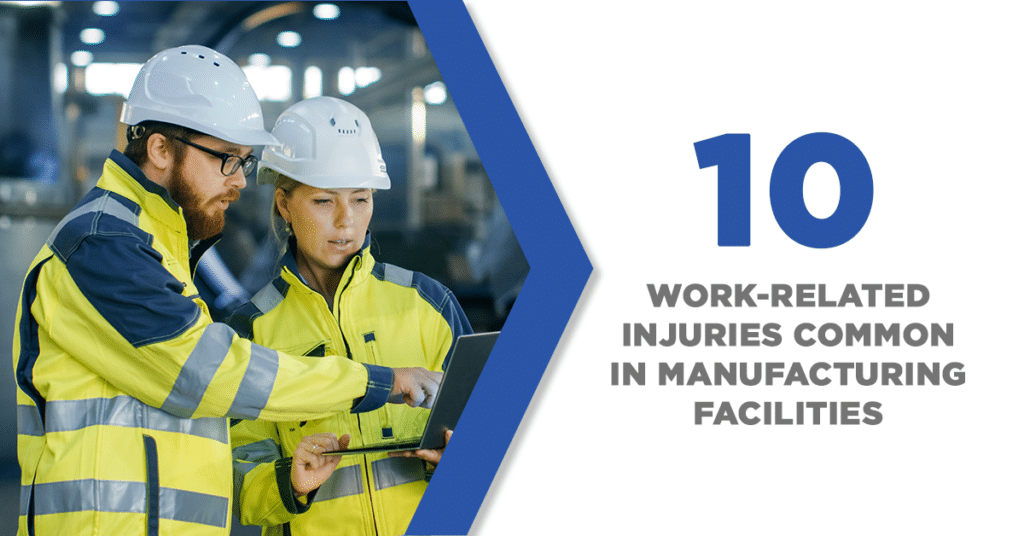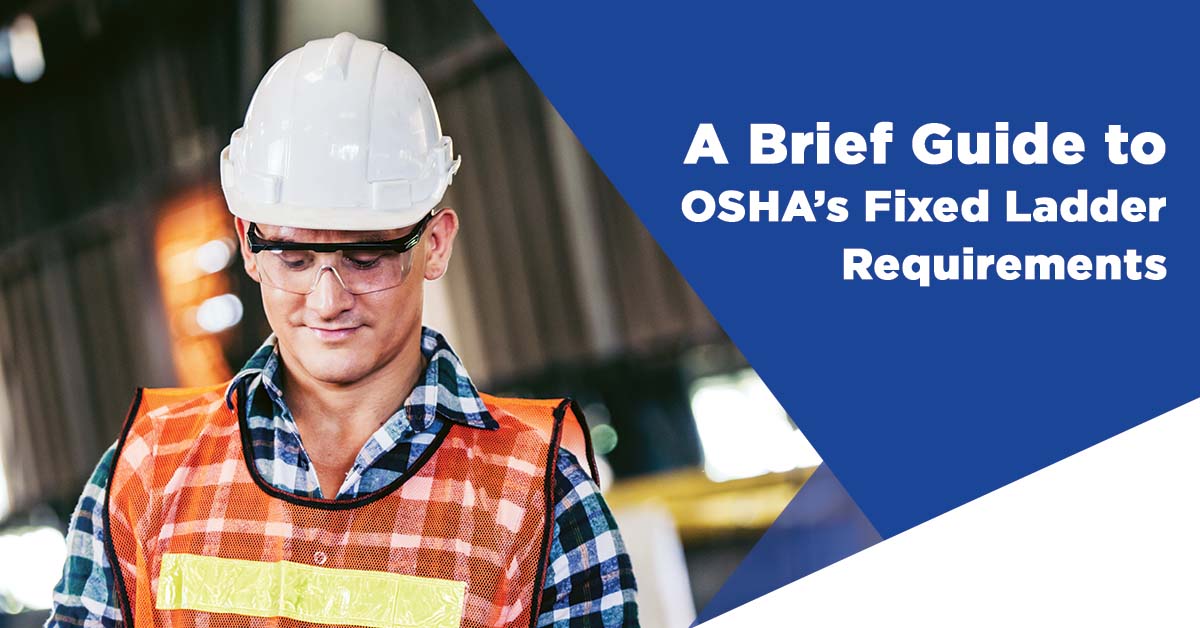Workplace safety doesn’t get floated around as much, as is the case with other employment benefits like salary bonuses or retirement plans. So, when a company prioritizes safety and security for its employees, people can’t help but give it their seal of approval.
Caring for your workers’ safety at the outset rather than as an afterthought speaks volumes about your commitment to protecting the well-being of your staff, not only for the benefit of your organization but also for the families they support.
This is especially true in workplace environments where occupational hazards are high. Employees who work in manufacturing facilities, warehouses, and other industrial environments face more risks than workers in traditional office spaces. Your duty as an employer is to ensure the health and safety of all your workers.
Installing CCTV cameras and biometric systems can be a good place to start in securing workplace safety. But at the end of the day, the guidelines you’ve placed will be the key deterrent against unsafe working elements, processes, or conditions that may escalate into accidents or injuries. The guide below will teach you how to establish a safe workspace based on facts, best practices, and other insightful recommendations.
A Guide to Workplace Safety
Did you know that work-related illnesses and injuries cost global economies approximately $170 billion per year?
That figure, which comes from the National Institute for Occupational Safety and Health, is comparable to cancer-related expenses. But that’s just the tip of the iceberg, as companies are far more responsible than supporting their employees financially. As an employer, you’re also accountable for the health and life of your workforce.
Safety first—this should be the goal of every organization, regardless of the business size or industry. The principle of workplace safety views diseases and accidents as avoidable or controllable events. As such, you must set the highest standards possible for the conditions and processes within work environments.
1. Reduced risk for accidents and injuries
The right work environment can help your organization secure the overall well-being of the staff and other individuals. A properly set up health and safety management system can guide employees on how to approach their work in a way that can significantly minimize illnesses, injuries, and other hazards to their health.
2. Improved employee retention
You’re probably aware that high employee turnover rates can negatively impact your organization financially and otherwise. Employees need to feel that they’re being valued by the company, or they might quit their job. When it comes to workplace safety, employees expect the management to provide a caring, healthy, and safe environment.
3. Lowered medical costs
Preventing workplace injury is way less expensive than spending on medical insurance claims for your employees or compensating injured workers for their lost income. The OSHA says you can save 20% to 40% of your company budget with a carefully designed safety and health management system.
4. Maximum productivity
When employees feel secure about the conditions or atmosphere in which they work, they’re more likely to contribute to your bottom line by rendering complete hours of work, performing better, and being more engaged.
5. Fewer costs on equipment replacement or repair
Installing quality equipment in the right places is an important element in a safe, healthy, and secure workspace. Neglecting this aspect may only result in equipment damage, which will require you to dip into your budget to pay for new purchases or additional maintenance services.
6. Higher trust ratings
Your efforts to promote a safe workplace won’t go unnoticed in the community or business industry. Investors and customers feel confident about doing business with you because of the safety standards you’ve put into place across your work processes.
Tips to Ensuring a Safe Working Environment
From electrical hazards and faulty equipment to workplace injuries and office stress, here are safety tips to implement with your team.
- Keep workspaces free from clutter. There’s a place for everything, and everything should be in its place. This methodology involves designating a specific area for documents, supplies, tools, and even trash to maintain order in the work area.
A clutter-free workspace can help reduce injury and improve productivity since the system enables workers to get rid of unnecessary back-and-forths to perform their tasks.
- Make mental health a priority. The workplace can be a source of stress. If left unmanaged, it can progress into more serious problems such as burnout, anxiety, or depression. Supervisors and managers should be sensitive and proactive in guiding and supporting employees who may be facing challenges at work, so they don’t fall deeper into an unhealthy state of mind.
- Disseminate safety procedures. Everyone has to be aware of the company’s safety and health policies and processes. Communicating these to all employees helps eliminate unsafe behavior across departments and levels in the organization.
- Allow regular breaks. Experts recommend wellness breaks for employees. Whether it’s going out for a short walk at lunchtime or taking a power nap, regular breaks can be energizing for workers. When they return to work, they’re no longer as tired, so judgment errors are less likely to occur.
- Educate workers about body posture. Having the right posture applies to both office workers and manual laborers. Employees can avoid neck pain, carpal tunnel, or back pains by keeping an ideal posture while working on their desks. Meanwhile, machine operators and those who constantly lift heavy things at work should have the proper tools or assistance from a co-worker to prevent overexerting their bodies.
- Set up emergency exits strategically. Emergency exits are a must in all office and business structures. Just see to it that they’re accessible to everyone, nothing is obstructing the exits, and the pathways to emergency power areas are clear in case power needs to be turned on or off.
- Wear personal protective equipment. Depending on the nature of your business, you must provide your employees with PPE to keep them safe from injury while they’re engaged at work. PPE can vary from goggles to earplugs and hard hats, among others.
- Invest in the right equipment. Employees need quality work equipment to make their tasks easier and safer to do. For instance, construction companies and architectural firms would do well to source industrial ladders with fall protection systems.
Even if you have employees working from high areas, they can have easy access to those areas while having maximum protection against falls and other injuries.
Here, cutting corners is not acceptable, as using low-standard equipment and accessories is bound to give rise to potentially fatal injuries. Worker safety equipment like industrial ladders from O’Keeffe’s are OSHA and ANSI certified, meaning they meet industry standards to reduce the risk of accidents in any work environment or condition. That way, you can optimize your productivity and prevent work-related incidents.
Safety is a Workplace Priority
Workplace injuries, illnesses, and hazards can be costly for any business. Besides the financial costs, there are legal and moral issues that might arise if employee safety and health are not guaranteed.
On the contrary, a safe and healthy work environment affords employers a loyal workforce, efficient operations, and overall business health. As you work towards improving workplace safety, your safety measures should include the right equipment that will enable you to achieve these goals. If you need to install high-quality ladders within your facility, head on over to O’Keeffe’s for tailor-fit solutions.


Recent Comments